Tough Perennials
Pallida
13 years ago
Related Stories
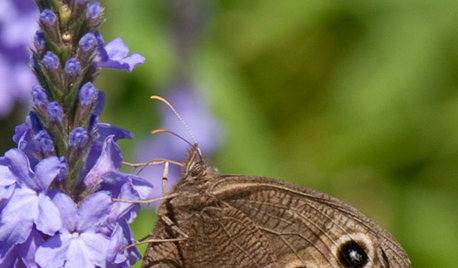
GARDENING GUIDESGreat Design Plant: Verbena Stricta Tolerates Tough Spots
With its subtle beauty and long-lasting flowers, this pollinator pleaser is a boon to wilder areas
Full Story
GARDENING GUIDES6 Native Ground Covers for Tough, Dry Spots
Sun beating down on your sandy gravel? Thick shade darkening your clay soil? There’s a ground cover here for you
Full Story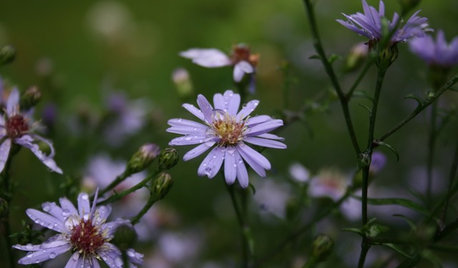
FLOWERS6 Overlooked Asters for Tough Spots
Whether your garden has baking sun or dry dense shade, boggy soil or sandy gravel, there's an aster for that
Full Story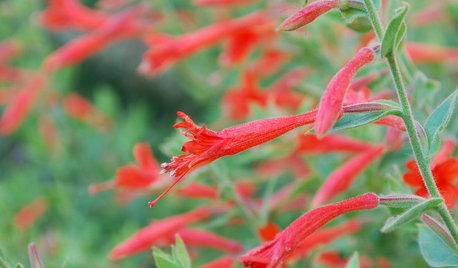
SUMMER GARDENING6 Water-Wise Perennials for Blazing High-Altitude Summers
Scorching weather and high elevations don't have to mean scraggly plantings. These blooms are as gorgeous as they are tough
Full Story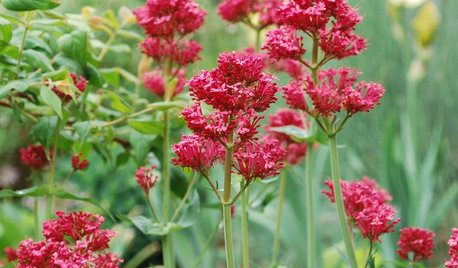
GARDENING GUIDES6 Lovely Water-Wise Perennials for High Altitudes
Even if your climate is cold and dry, you can still celebrate spring with these hardy and colorful perennials
Full Story
PLANTING IDEASWant a More Colorful, Natural Garden? Try a Perennial Meadow
Spend less time tending and more time taking in the sights by improving on Victorian and prairie garden designs
Full Story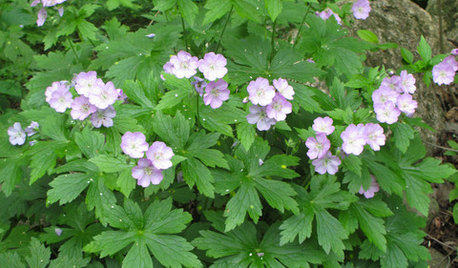
NATIVE PLANTS10 Essential Native Perennials for the Great Lakes and Upper Midwest
These adaptable native plants thrive in a variety of conditions and will provide flowers throughout the season
Full Story
GARDENING GUIDES10 Cold- and Heat-Tolerant Perennials and Shrubs for the Arid West
These flowering native plants shrug off the cold of winter and heat of summer while adding beauty to the drought-tolerant landscape
Full Story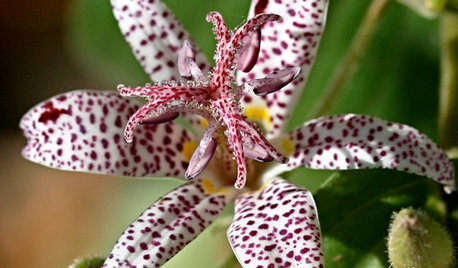
SUMMER GARDENING10 Perennials to Extend Your Garden's Summer Color
Revive summer-weary gardens with outstanding late bloomers such as toad lily, Russian sage, blanket flower and more
Full Story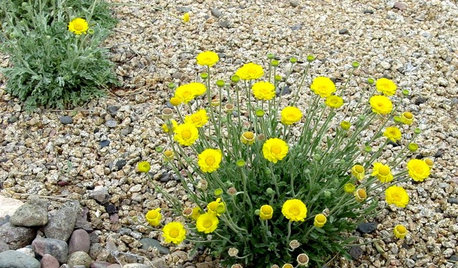
GARDENING GUIDESGreat Design Plant: Desert Marigold Cheers Up Hot, Dry Areas
Sunny but tough, this perennial thrives with little water and lots of sun
Full StoryMore Discussions






biradarcm
dodemeister
Related Professionals
Walnut Landscape Architects & Landscape Designers · Billerica Landscape Contractors · Buford Landscape Contractors · Hannibal Landscape Contractors · Lemoore Landscape Contractors · Lewisville Landscape Contractors · Mendota Heights Landscape Contractors · Irvington Landscape Contractors · Algonquin Decks, Patios & Outdoor Enclosures · Arlington Heights Decks, Patios & Outdoor Enclosures · Brooklyn Park Decks, Patios & Outdoor Enclosures · Fort Worth Decks, Patios & Outdoor Enclosures · Miami Decks, Patios & Outdoor Enclosures · Portage Decks, Patios & Outdoor Enclosures · Pueblo West Decks, Patios & Outdoor EnclosuresPallidaOriginal Author
PallidaOriginal Author
Okiedawn OK Zone 7
biradarcm
PallidaOriginal Author
PallidaOriginal Author
susanlynne48
susanlynne48
Okiedawn OK Zone 7
redding
cactusgarden
bettycbowen
redding
PallidaOriginal Author
Okiedawn OK Zone 7
bettycbowen
redding
miraje
redding
PallidaOriginal Author
redding
PallidaOriginal Author
redding
redding
redding
PallidaOriginal Author
bettycbowen
redding
PallidaOriginal Author
miraje
PallidaOriginal Author
Okiedawn OK Zone 7
redding
susanlynne48
cactusgarden
redding
miraje
cactusgarden
tigerdawn
redding
tigerdawn